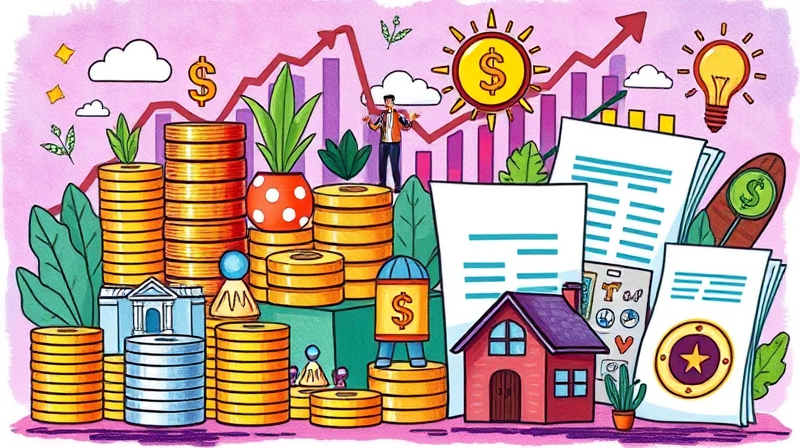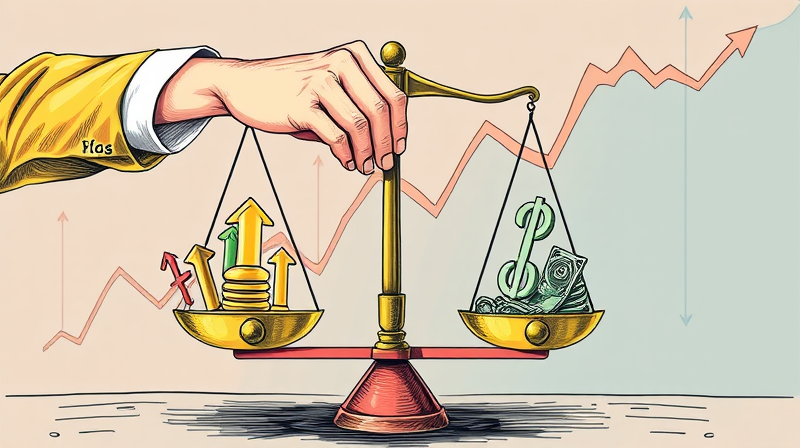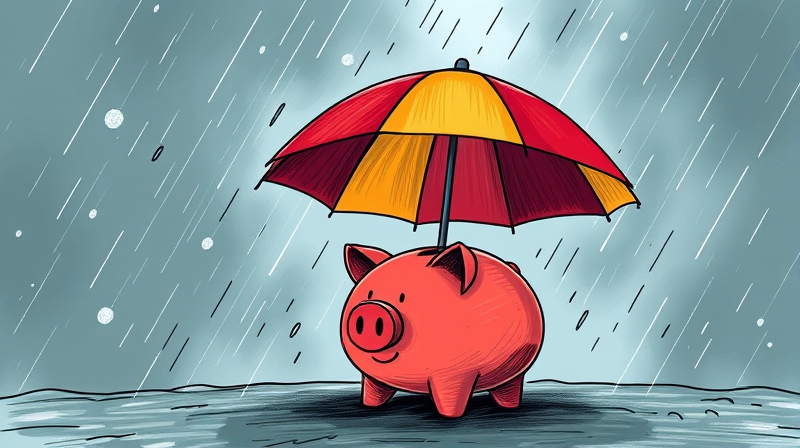
Every day, individuals and organizations confront choices that can either foster thriving or lead to costly setbacks. From personal health decisions to boardroom strategies, behavioral risk factors play a pivotal role in shaping outcomes. By understanding these hidden currents, we can cultivate wiser habits, protect our collective future, and unlock new pathways to success.
In this article, we will explore the definition, manifestations, and profound impacts of behavioral risk, and provide actionable strategies to recognize and manage these hazards in both life and work. Our goal is to transform insight into meaningful action and to inspire a more resilient and mindful approach to decision-making.
Behavioral risk refers to actions, habits, and practices that escalate the probability of negative consequences. In public health, these are often labeled as modifiable risk factors because they can be addressed through targeted interventions. In the workplace, certain patterns—such as harassment or chronic absenteeism—undermine productivity, morale, and organizational culture.
Behavioral risk, at its essence, describes the link between human choices and adverse outcomes. Unlike genetic or environmental factors, many behaviors fall under the category of modifiable risk factors, offering a unique opportunity for intervention. By contrast, non-modifiable elements—such as age or inherited conditions—remain constant, underscoring the importance of focusing on habits we can change.
In public health, the spotlight often falls on lifestyle habits—like diet, exercise, and substance use—that determine the trajectory of chronic diseases. Meanwhile, within organizations, subtle patterns of conduct—such as microaggressions or systemic disengagement—can erode trust and hamper strategic goals. Recognizing these varied dimensions is essential for tailored solutions.
Behavioral risk manifests differently depending on context. In community health settings, certain practices have been identified as leading contributors to global morbidity and mortality.
Each of these factors can accelerate the onset of chronic conditions such as cardiovascular disease, diabetes, and certain cancers. For example, smoking is linked to nearly one in five deaths annually.
Within companies, these behaviors often fly under the radar until they spark conflicts or turnover. A high rate of unplanned absences, for instance, may mask deeper issues of burnout or misalignment with company culture.
Decisions are rarely made in a vacuum. Multiple psychological forces conspire to tilt outcomes toward riskier or safer paths.
First, emotions can serve as a double-edged sword. Under stress, the brain’s flight-or-fight response may override careful analysis, leading to rapid, sometimes regrettable, choices. Conversely, positive emotions like excitement can create a sense of invulnerability, reducing perceived risk.
Second, the concept of temporal discounting helps explain why we often opt for immediate satisfaction over long-term rewards. This mental shortcut undervalues future health, financial security, or organizational stability, nudging us toward poor decisions.
Finally, social influences—the seduction of social status and our innate desire to fit in—can pressure individuals into copying group behavior, even when it conflicts with better judgment. Add a dash of cognitive biases like confirmation bias and the availability heuristic, and our risk perception becomes a cocktail of distortions.
These factors do not operate in isolation. Instead, they interact, creating a complex web that influences everything from what we eat for lunch to whether a leader approves a multimillion-dollar investment.
The human cost of behavioral risk is staggering. The World Health Organization estimates that non-communicable diseases linked to lifestyle factors account for over 70% of global deaths. In the United States, the CDC reports that modifiable behaviors such as smoking, poor nutrition, and inactivity contribute significantly to healthcare burdens.
Below is a snapshot of adult prevalence rates for key risk factors:
Financially, preventable health issues cost the U.S. economy hundreds of billions annually in healthcare expenses and lost productivity. In parallel, organizations face direct losses from diminished output and indirect losses from reputation damage and legal fees.
Consider a multinational firm that underestimated the impact of workplace stress. Over three years, burnout-related turnover climbed by 15%, costing the company an estimated $10 million in recruitment and training expenses. Such outcomes underscore the value of early recognition and intervention.
To navigate these challenges, stakeholders need a structured approach. Effective behavioral risk management combines data-driven insights with human-centric interventions.
These steps not only mitigate threats but also reinforce a culture of accountability and care. By keeping lines of communication open and using evidence-based tools, leaders can address root causes rather than symptoms.
Public health initiatives have shown that well-designed campaigns can shift behavior on a large scale. For instance, a combination of taxation, clear warning labels, and community education reduced smoking rates by over 20% in several countries within a decade.
On the organizational front, companies that integrate holistic support structures—such as flexible scheduling, mental health resources, and wellness incentives—report higher employee satisfaction and lower turnover. One tech firm introduced a digital platform where staff could anonymously share stressors, leading to a 30% increase in engagement once management addressed the top concerns.
Case Study 1: A healthcare provider noticed a spike in no-shows for chronic disease appointments. By implementing automated reminders and educational messages, attendance improved by 40%, resulting in better disease management and lower emergency visits.
Case Study 2: A financial services company struggled with compliance breaches due to overconfident trading decisions. They instituted a peer-review system and regular bias-awareness workshops. Within a year, compliance incidents dropped by 50%, saving millions in potential fines.
Case Study 3: A municipal wellness campaign combined neighborhood walking clubs, local gym discounts, and online tracking tools. Residents collectively logged over 10 million steps in six months, with self-reported stress levels declining by 25%.
As individuals and organizations, our ability to recognize and manage behavioral risk determines not just our immediate outcomes, but the long-term trajectory of our health, careers, and communities. By shining a light on the forces that drive impulsive or harmful choices, we gain the power to design effective interventions.
The recipe for success lies in combining early intervention, robust data analysis, and compassionate leadership. Whether you are crafting a public health campaign or leading a corporate team, the principles remain the same: identify risks, engage stakeholders, and measure progress.
Now is the moment to act. By embracing a proactive stance and weaving these best practices into daily routines, we can reduce preventable losses, elevate well-being, and chart a course toward sustainable excellence. Let this article serve as a call to arms—an invitation to transform knowledge into action and to build a future where behavioral risk is not a hidden hazard, but a catalyst for positive change.
References













